“Being a leader is not about production; it’s about being there for the people I lead, support, and serve. And I need to prepare myself to be a decent human being so that
I can be there for others and be approachable.”
– Andrew, Clear Harbor member
I have to exist as a human to show up at work. And when I show up as a cog and a machine, I feel the least fulfilled in my life.”
– Shannon, Clear Harbor member
Over the past few weeks, I’ve had many conversations about rest and reflection. We talked about why it’s important and how to fit it into our busy lives. The two quotes I shared above were from those conversations and examples of why we must find time to rest and reflect individually and in groups if we want to show up as leaders in our lives.
Rest can happen when you reflect, but rest is not always reflection time. Sometimes the reflection piece gets left behind. We hear a lot about self-care and well-being on the topic of rest. But often, reflection is missing.
Leaders, in particular, need both rest and reflection to:
- keep going,
- keep leading,
- stay in their role (and lane),
- not burn out,
- make decisions, and
- recognize that pauses are necessary.
Leaders need built-in time to reflect on themselves. The results? You avoid bringing knee-jerk reactions and your own bias to your team. We must reflect internally first before we can show up and lead a reflection with others. Reflection can bring you back to your why and passion and help you feel human. Time for reflection for yourself and then in groups is a critical tool for building a more equitable and inclusive workplace.
“Your goal is not to stick to a given schedule at all costs; it’s instead to maintain, at all times,
a thoughtful say in what you’re doing with your time.”
– Cal Newport, Deep Work: Rules for Focused Success in a Distracted World
Most times, teams will retrospect at the end of a project by looking at how things went, what worked, what didn’t work, and what can be improved. But you can do this at any time as a team! Build those moments into groups in the arc of the process with reflection points to pause and observe.
I build rest and reflection into meetings – we stop, take a breath, take a break, and look away from the screens and each other. We write on our own before we share in the group. These practices are critical when building your team and group processes.
At times, I work with teams after they’ve missed opportunities to reflect – on the big picture or on cultural dynamics. They always had lots of work to complete but little time to reflect. The good news? It’s never too late to change this. We can find time to reflect.
You CAN build in time to reflect starting now to avoid big crises and conflicts in the future. When you practice slowing down and reflecting now, you will remember how to do it in the middle of stressful moments and not leap into fast decision-making based on assumptions and stories. When we slow down and recognize our own biases, we change how we do things. That’s one step toward making our work more equitable and inclusive.
This is one reason I created Clear Harbor for leaders – more here if you’re intrigued.
Clear Harbor is a built-in time for groups of people to reflect outside of the day-to-day pressures to respond.
It’s a commitment on your calendar to other people.
It’s a space to step back and reflect with a more significant viewpoint.
We not only show you it’s possible to build this into your workday, but we show you how.
I promised you a list of ways to build in time for rest and reflection. You can grab the list here. Remember, this isn’t MY list. These thoughts and ideas are from friends, clients, colleagues, and maybe even from you. Browse the list and see if anything sparks your interest. Try a few of the ideas yourself.
How can you build reflection into your day?






